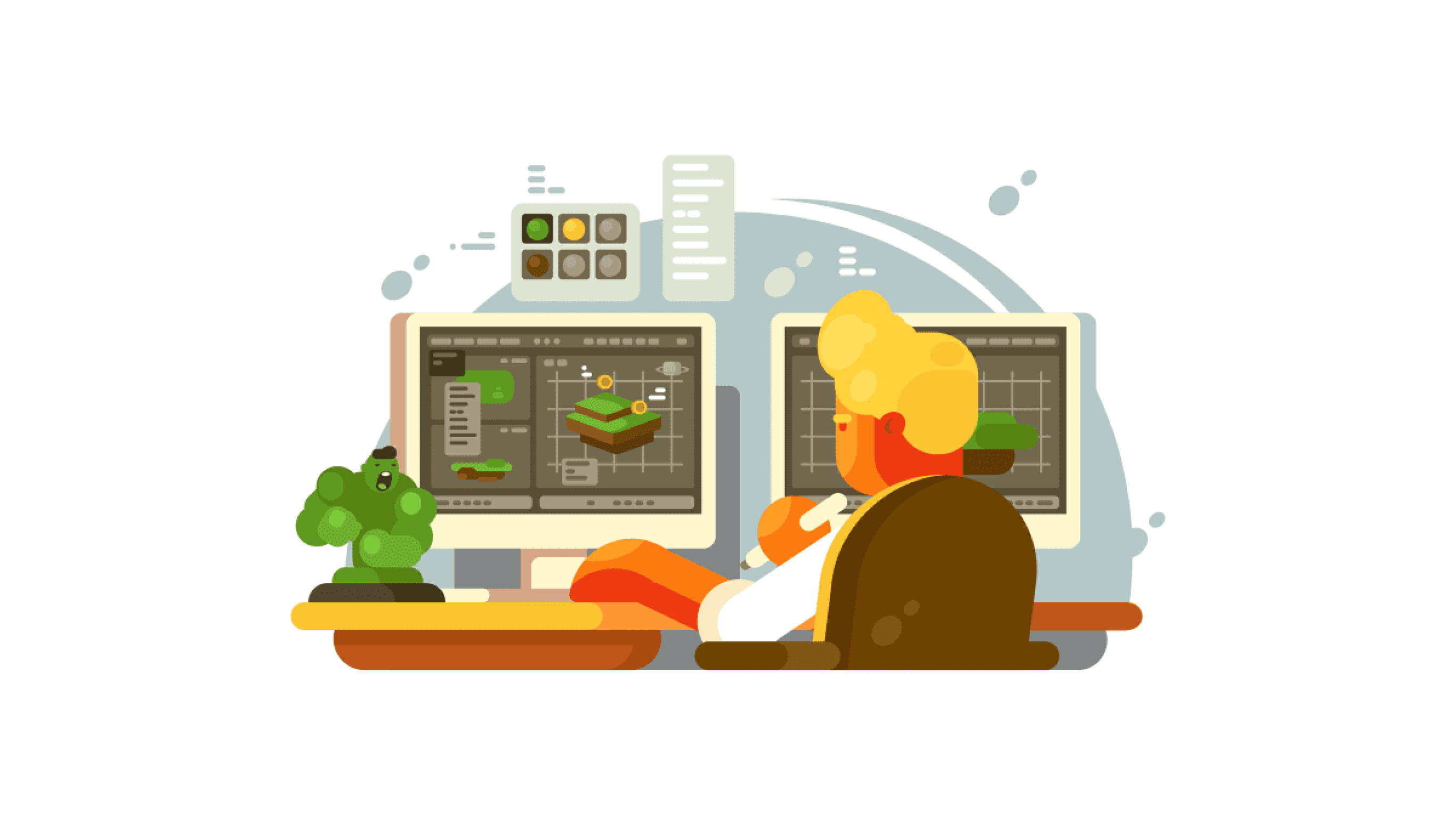10 Aug 2023 | Industry Insights
Digital Twins and BIM: A Synergy for Improved Stakeholder Management

Digital Twins and BIM: A Synergy for Improved Stakeholder Management
In the realm of modern construction and design, the convergence of cutting-edge technologies has brought forth revolutionary advancements. Among these, the integration of Digital Twins and Building Information Modeling (BIM) stands out as a game-changer. By harnessing the power of digital twins, stakeholders in construction projects can now enjoy enhanced collaboration, streamlined communication, and a centralised platform for all design and construction parties. This article delves into the transformative potential of Digital Twins and BIM, highlighting how this synergy can revolutionise stakeholder management, leading to more efficient and successful projects.
Understanding Digital Twins and BIM
Before exploring the symbiotic relationship between Digital Twins and BIM, it is essential to comprehend the two concepts individually.
Digital Twins
Digital Twins refer to virtual replicas of physical objects, processes, or systems. These digital counterparts mimic the real-world elements in real-time, capturing data through sensors and providing actionable insights. In the context of construction, a Digital Twin can represent an entire building, an infrastructure network, or even individual building components. Through continuous data exchange, Digital Twins offer a dynamic and interactive model that mirrors the actual structure or system throughout its lifecycle.
Building Information Modeling (BIM)
BIM is a collaborative process that involves creating and managing digital representations of the physical and functional characteristics of a building. It encompasses the entire lifecycle of a project, from initial design and construction to operation and maintenance. BIM facilitates seamless collaboration among architects, engineers, contractors, and other stakeholders, allowing them to work together on a shared platform.
The Synergy: Uniting Digital Twins and BIM
The combination of Digital Twins and BIM brings forth a host of advantages that significantly impact stakeholder management and project outcomes. The following sections illustrate how this synergy creates a centralised tool for all design and construction parties, revolutionising the way projects are planned, executed, and maintained.
Real-Time Data for Informed Decision-Making
Digital Twins continuously gather data from various sources, including sensors embedded in the physical structure and external data feeds. This real-time data collection and integration with BIM models empower stakeholders with valuable insights into the project's performance, health, and operational status. Architects, engineers, and contractors can make informed decisions promptly, identifying potential issues and addressing them proactively.
For instance, if a sensor detects excessive energy consumption in a building, the data is fed to the Digital Twin, which then updates the BIM model. This information can alert stakeholders to potential energy inefficiencies and prompt necessary adjustments to the design or operational procedures.
Enhanced Collaboration and Communication
Collaboration is the cornerstone of successful construction projects, and the Digital Twins and BIM synergy fosters a collaborative environment like never before. All stakeholders have access to the same centralized platform, where they can contribute their expertise, share updates, and address concerns in real-time.
BIM models, enriched by real-time data from Digital Twins, become the hub of collaboration, ensuring that everyone involved is on the same page. This seamless exchange of information minimises misunderstandings, reduces delays, and fosters a sense of teamwork among stakeholders.
Improved Design and Construction Processes
By integrating Digital Twin technology with BIM, teams can identify potential clashes or conflicts in the design phase, avoiding costly changes during construction. The synergy between Digital Twins and BIM streamlines the design and construction processes, leading to optimised workflows and minimised rework.
Moreover, the ability to view real-time construction progress through Digital Twins enables stakeholders to monitor the project's status closely. If any discrepancies arise between the planned and actual progress, prompt corrective actions can be taken, ensuring the project stays on track.
Predictive Maintenance and Lifecycle Management
The synergy between Digital Twins and BIM extends its benefits beyond the construction phase. During the operation and maintenance stage, Digital Twins continue to monitor the building's performance, capturing data on energy usage, equipment health, and overall functioning.
By integrating this operational data with the BIM model, stakeholders can perform predictive maintenance and optimise the building's lifecycle. Predictive maintenance allows for proactive repairs and replacement of components before they fail, reducing downtime and extending the building's longevity. Additionally, data-driven insights from Digital Twins can inform decisions about renovations or retrofits to improve energy efficiency and reduce operational costs.
Cost and Time Savings
One of the most significant advantages of Digital Twin and BIM synergy is the potential for cost and time savings throughout the project lifecycle. By identifying design clashes and addressing them early on, rework and change orders are minimised, leading to reduced construction delays and cost overruns. The real-time monitoring and predictive maintenance capabilities of Digital Twins can prevent unexpected equipment failures, saving on maintenance costs.
Furthermore, the collaborative nature of this synergy fosters efficient communication, reducing the time spent on coordinating between different stakeholders. With a centralised tool that enables seamless data exchange, decision-making processes become more agile, contributing to faster project completion.
The integration of Digital Twins and BIM heralds a new era of stakeholder management in the construction industry. By harnessing real-time data, enhancing collaboration, improving design and construction processes, enabling predictive maintenance, and driving cost and time savings, this synergy offers unprecedented benefits to all parties involved.
The centralised tool created by this symbiotic relationship empowers stakeholders with a comprehensive and dynamic view of the project, facilitating informed decision-making at every stage. As the construction industry continues to embrace digital transformation, embracing the potential of Digital Twins and BIM synergy will undoubtedly pave the way for more efficient, sustainable, and successful projects in the future.

Industry Insights
Boosting BIM Adoption with Digital Twin Technology: A Roadmap for Success
Since the 'maturity wedge' was published in 2008 and the 2011 Government mandate, Building Information Modeling (BIM) has become a game-changer in the AEC industry, revolutionising how construction projects are designed, planned, and executed. BIM offers the visualisation of projects, fast creation of alternative designs, automatic examination of model reliability, report production and performance forecasting. Yet despite the numerous benefits of BIM, its adoption has and remains gradual, and while the era of 2D CAD has passed, many companies still rely on traditional methods, this article looks at how Digital Twins can help boost adoption.
Read more

Exploring Digital Twins: The Natural Future for BIM?
Building Information Modelling (BIM) is a technology that has been around for some time and is widely used in the construction industry. But how do digital twins and BIM relate, and what advantages does a digital twin bring to the table when used in conjunction with BIM?
Read more

Industry Insights
BIM to Twin
Read more
Book your one-on-one appointment with one of our specialists.
info@twinview.com
+44 (0)844 800 6660
London
24 Greville Street
Farringdon
London
EC1n 8SS
Newcastle
Spaceworks
Benton Park Road
Newcastle upon Tyne
NE7 7LX

